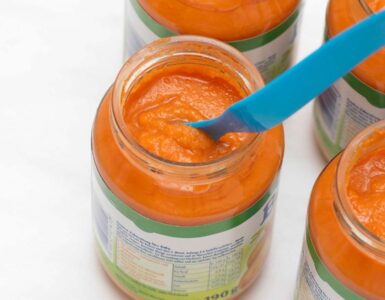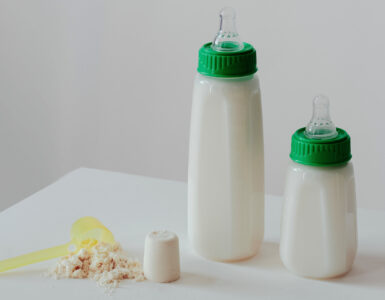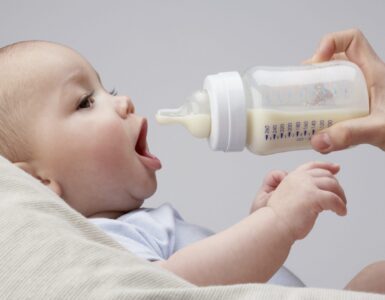The first months of an infant’s life are pivotal, where nutrition plays a quintessential role in ensuring healthy growth and development. For many parents, commercially available baby formulas are the go-to, offering a balanced mix of essential nutrients. However, a growing number of parents are turning to homemade baby formula, either due to personal preferences, dietary restrictions, or concerns about additives in commercial products. This comprehensive guide will delve deep into the world of DIY baby nutrition, emphasizing the importance of safe practices and educated choices.
Safety First
Before embarking on the journey of preparing homemade baby formula, the significance of safety cannot be stressed enough. Always consult with a pediatrician or a qualified healthcare professional before making the switch. Homemade formulas can pose risks if not prepared correctly, lacking vital nutrients, or containing harmful pathogens. This guide isn’t an endorsement but an informational tool. Homemade formulas should only be an option if recommended by a healthcare expert, emphasizing the weight of an informed decision.
Ingredients for Homemade Baby Formula
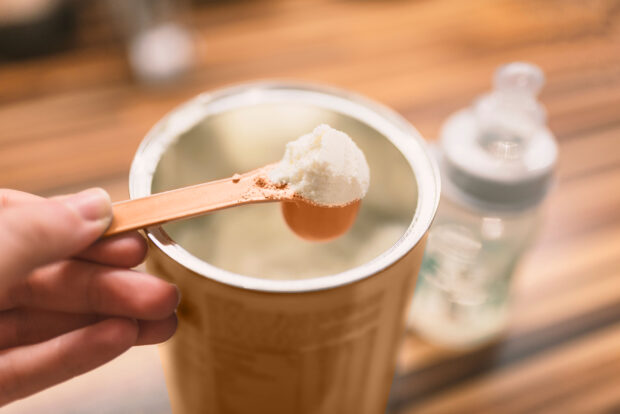
At the heart of any baby formula, homemade or otherwise, are essential ingredients that mirror the nutrients in breast milk. Here are the key components:
- Protein Source: Crucial for growth and development. Common sources include cow’s milk and goat’s milk.
- Fat Source: Provides energy and aids in brain development. Oils like coconut or olive oil are often used.
- Carbohydrates: Offer energy. Lactose is the primary carbohydrate.
- Vitamins & Minerals: Essential for overall growth. They can be sourced from natural ingredients or supplements.
While many of these ingredients can be easily found, always opt for high-quality, organic sources when possible.
Milk-Based Homemade Formula
Ingredients:
- 2 cups of whole raw cow’s milk
- 1/4 cup homemade liquid whey
- 4 tbsp lactose
- 1/4 tsp bifidobacterium infantis
- 2 or more tbsp good quality cream
- 1/2 tsp unflavored cod liver oil
- 1/4 tsp high-vitamin butter oil
- 1 tsp extra virgin olive oil
- 2 tsp virgin coconut oil
- 2 tsp nutritional yeast
- 2 tsp gelatin
- 1-7/8 cups filtered water
- 1/4 tsp acerola powder
Instructions: Combine all ingredients in a blender. Mix well. Warm over low heat if needed but never microwave.
Benefits: This milk-based formula closely mirrors breast milk in its nutritional profile, offering balanced fats, proteins, and carbohydrates.
Drawbacks: Some babies might be lactose intolerant or allergic to cow’s milk proteins.
Storage and Handling
Homemade formulas, crafted without the preservatives often found in store-bought alternatives, require special attention when it comes to storage to maintain their freshness and nutritional value. It’s imperative to refrigerate these formulas right after preparation, ensuring they remain cold to prevent bacterial growth. You should aim to use these within a 24-hour window for maximum safety. When feeding your baby, ensure any leftover formula is discarded, as the nutrients can degrade and bacteria can multiply over time. Additionally, reheating formula more than once can result in a loss of nutritional value and increase the risk of contamination. For preparation and feeding, always opt for sterilized bottles and other feeding equipment. This extra step can drastically reduce the chance of bacterial contamination, ensuring your baby’s safety.
Transitioning to Solid Foods
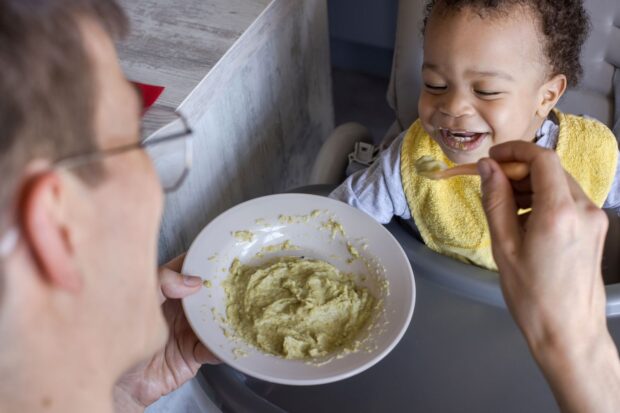
By the age of 6 months, many babies show readiness to explore the exciting world of solid foods. This is a crucial developmental phase, setting the tone for their lifelong eating habits. Start with easily digestible foods like soft, mashed vegetables such as carrots, peas, or sweet potatoes. As they adapt, you can gradually introduce other food groups, including tender meats like chicken, a variety of fruits, and grains like rice or oats. During this transition, it’s essential to keep a close eye on your baby for any signs of allergies, such as rashes, unusual fussiness, or digestive issues. Ensure the foods you introduce are not only tasty but also packed with the nutrients essential for their growth and development.
Feeding Guidelines
For newborns, their tiny stomachs can typically accommodate 2-3 ounces of formula roughly every 3 hours. However, as they embark on their rapid growth journey, their nutritional needs and appetites will grow correspondingly. By the time they reach 3 or 4 months old, many babies will often consume up to 4-6 ounces per feed. It’s vital, though, not to solely rely on these general guidelines. Instead, tune in to your baby’s unique hunger cues, such as increased fussiness, sucking on their fingers, or turning their head towards a feeding bottle. This approach, often referred to as responsive feeding, is crucial in ensuring that babies receive just the right amount of nutrition. It’s a balance of meeting their hunger while avoiding the pitfalls of overfeeding, which can lead to potential health issues down the line.
Allergies and Sensitivities
Introducing new foods, whether formula or solids, can sometimes reveal that your baby has allergies or sensitivities. Common signs to watch out for include rashes, especially around the mouth or elsewhere on the body, persistent diarrhea, unusual fussiness after eating, or more severe reactions like swelling. These symptoms can arise within minutes of eating or may take several hours. It’s paramount to always consult a pediatrician or allergy specialist if you suspect an allergy. They can conduct professional testing to pinpoint specific sensitivities, guide dietary choices, and ensure your baby’s health. Remember, early detection and management can prevent more serious complications and ensure a smoother, safer dietary journey for your little one.
Consultation with Healthcare Professionals
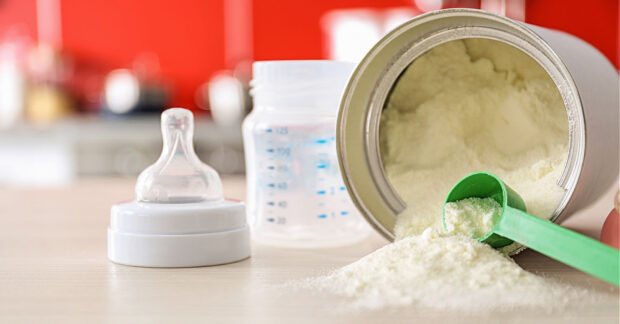
Venturing into the world of homemade formula is a decision that should be complemented by consistent communication with healthcare professionals. Regular check-ups, which monitor weight, height, and overall well-being, ensure babies are growing healthily and meeting developmental milestones. Moreover, sharing your decisions regarding feeding, especially if opting for homemade solutions, with pediatricians or nutritionists provides an opportunity for guidance. They can offer valuable insights on potential adjustments, ingredient choices, or changes to ensure optimal nutrition. This collaborative approach ensures your baby’s health remains paramount, benefiting from both personalized care and professional expertise.
Conclusion
DIY baby nutrition can be a rewarding experience but must be approached with caution and knowledge. Always prioritize safety and consult professionals. Whether you opt for homemade or commercial formulas, informed decisions make for happy, healthy babies. For further resources, consider joining local parenting groups or consulting online communities for shared experiences and support.


